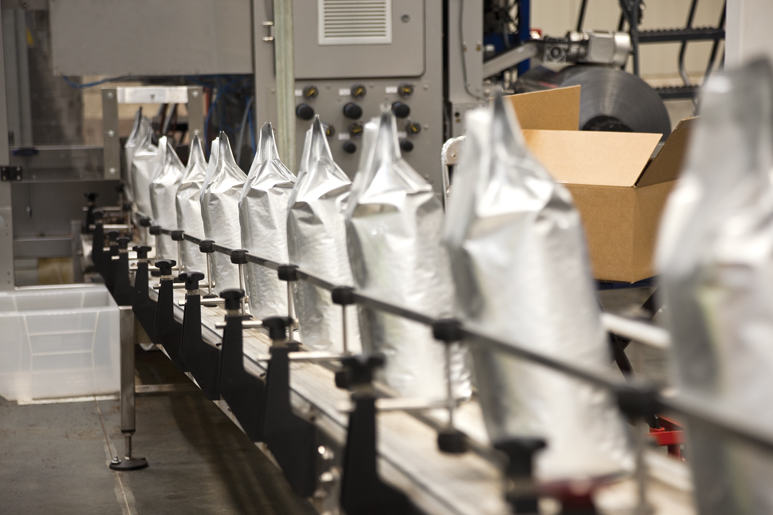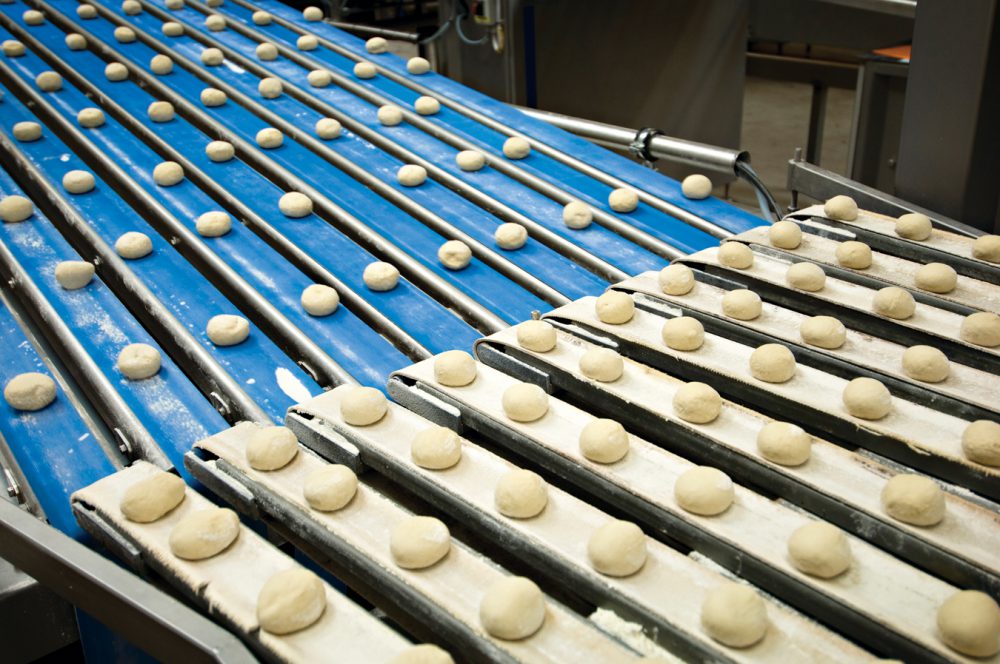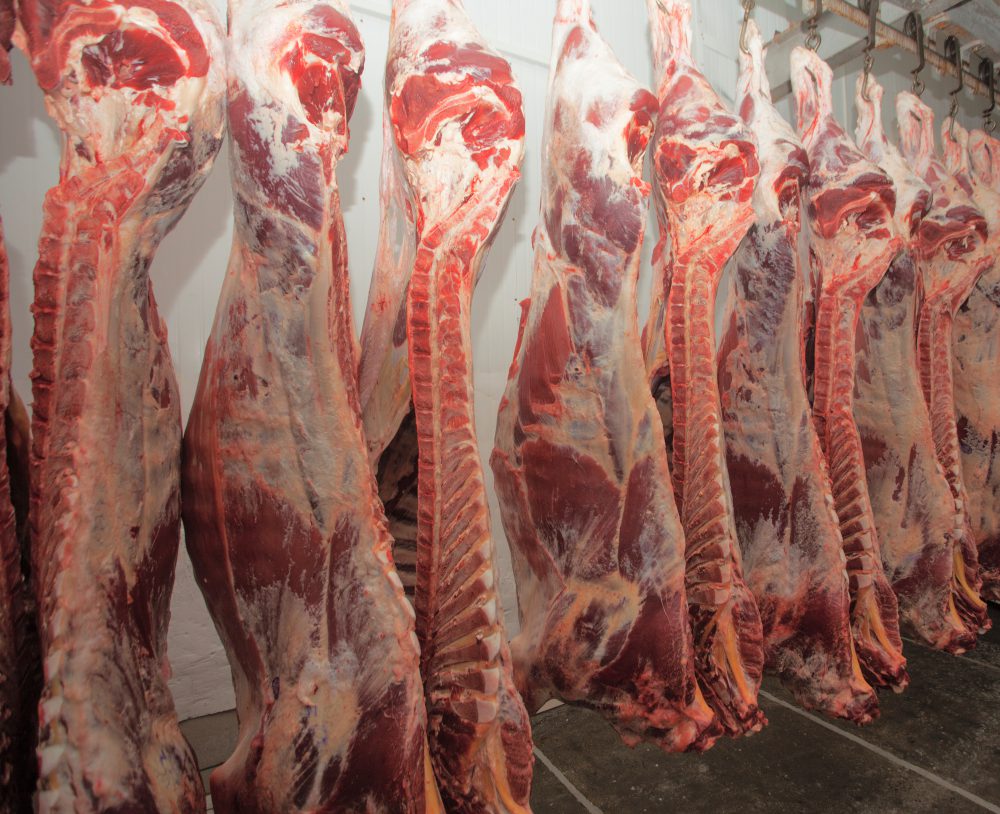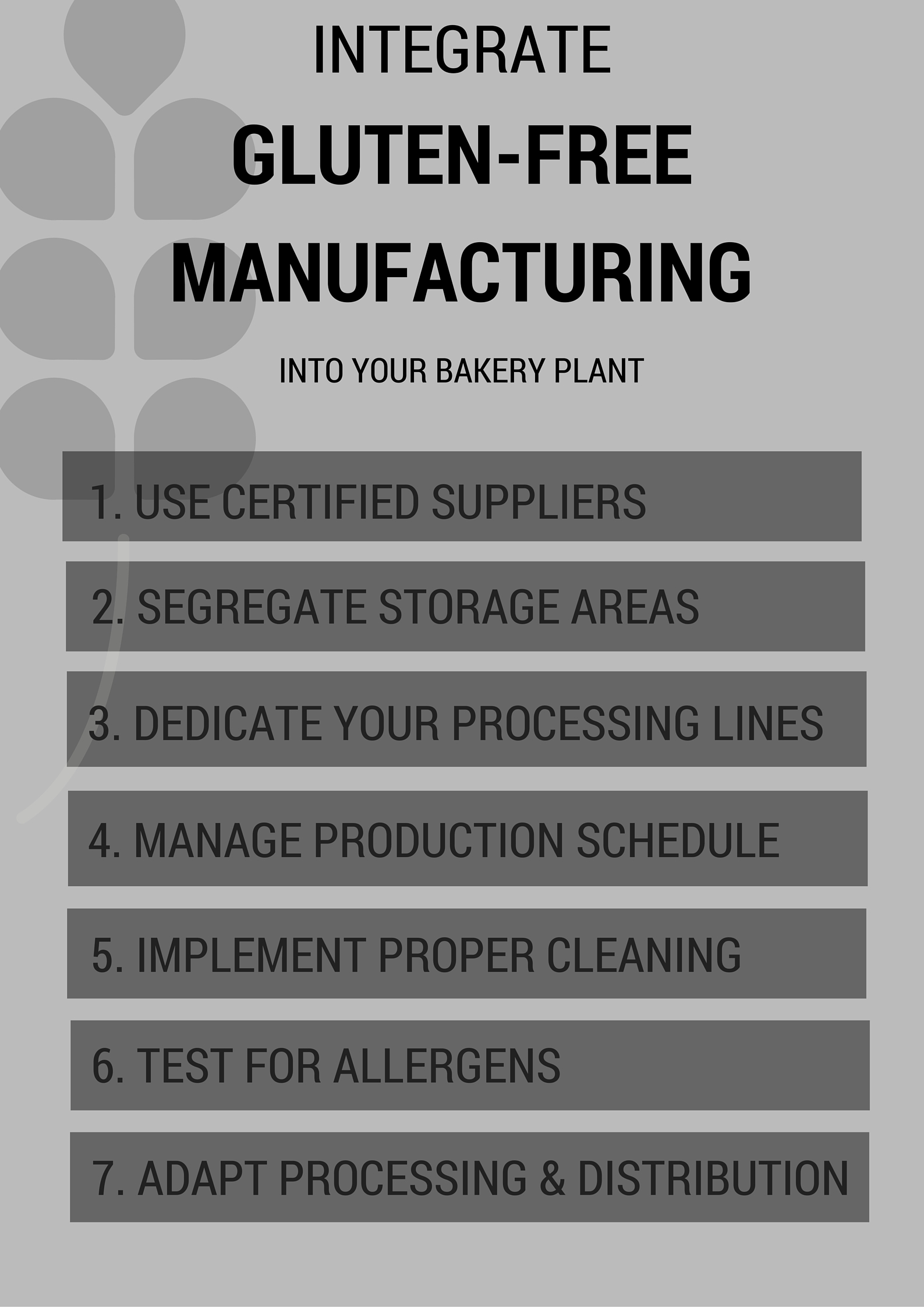3 Challenges Facing Today’s Coffee Producers (and How to Solve Them)
Coffee continues to be one of the most rapidly evolving markets in the food and beverage industry. Variety in flavor options and the growing popularity of cold brew coffee are just a few of the latest market trends.
Consumer preferences and tastes are constantly changing, and to meet market demand while remaining profitable, producers need greater control over their processing and packaging systems.
Continue Reading “3 Challenges Facing Today’s Coffee Producers (and How to Solve Them)”












